Along the border – Hua Khwang to Rasisalai

Day 10 and the last day of the trip.
After a not really successful night in the 400/200 Baht resort – we both sleep not good and maximum 4 hrs, we got up early, found some coffee in the resort and hurried to start.
The plan was to arrive back home before it start getting hot.
Compared to the mountains in Loei, the temperature in the plain land out of the mountains is significantly higher.
As riding on the main highways (208 and 23) is boring, we decided to try out some smaller roads with at least some twists.
Well, this decision was not really a good one.
First it took way more time than on the main highways – what you can expect.
Second, the people ride and drive without brain and without taking care the traffic. We had some issues and almost crashes with tractors and cars.
Seems like in the early morning the country side people not waked up yet!
12 km from home a break in a coffee shop close to the Rasisalai dam was really appreciated.
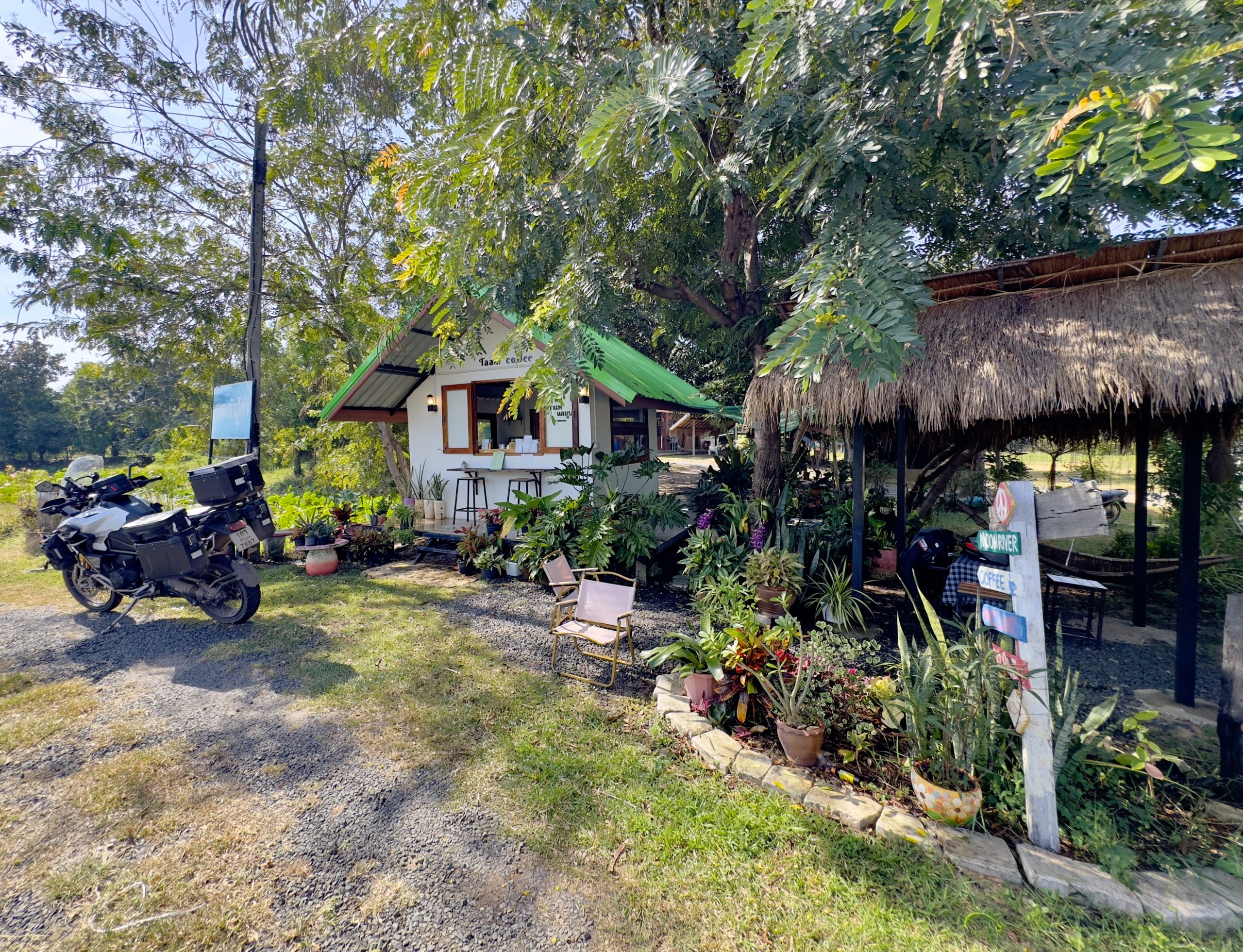
“The dam” how local people call it is the main attraction in the Rasisalai district.
The Rasi Salai Dam was constructed in 1992 by the Department of Energy Development and Promotion (DEDP) as part of the Khong-Chee-Mun Water Diversion Project. The project envisioned the building of 13 dams on the Chi and Mun River over 42 years. It was thought that the diversion of water from the Mekong into the two rivers would end water shortages in northeastern Thailand.
The 17 m high dam was projected to cost 140 million Baht. Its final cost was 871 million Baht, not including compensation payments to affected residents.
Villagers claim that DEDP did not release any information to the public before or during the dam’s construction. DEDP claimed it was building a 4.5-metre rubber weir that would not raise water levels above the riverbank. In reality, the state agency was building a nine-metre concrete dam. No environmental assessment was ever conducted given that the DEDP claimed it was a small-scale project.
Living River Siam, a Thai NGO, helped villagers document the effects of the dam on their lives. EGAT promised that the dam’s waters would be used to irrigate local fields, but the dam flooded the ancient salt dome on which it was constructed. The result was non-potable brackish water that made nearby fields toxic to cultivation. Angry villagers occupied the dam site for two years and petitioned the government to close it down. The dam’s gates were opened in 2000 pending a permanent resolution of the issue. The water management system decided upon involves opening the dam’s gates for four months every year, June to September.
In October 2022 all the area around the dam and down the Mun river was affected by a huge flooding. People here say that the reason was that the gates where not opened early enough.
In 2023 the dam got a new management. No flooding at all in 2023 and the area around the dam is now accessible for public. And looking pretty awesome.
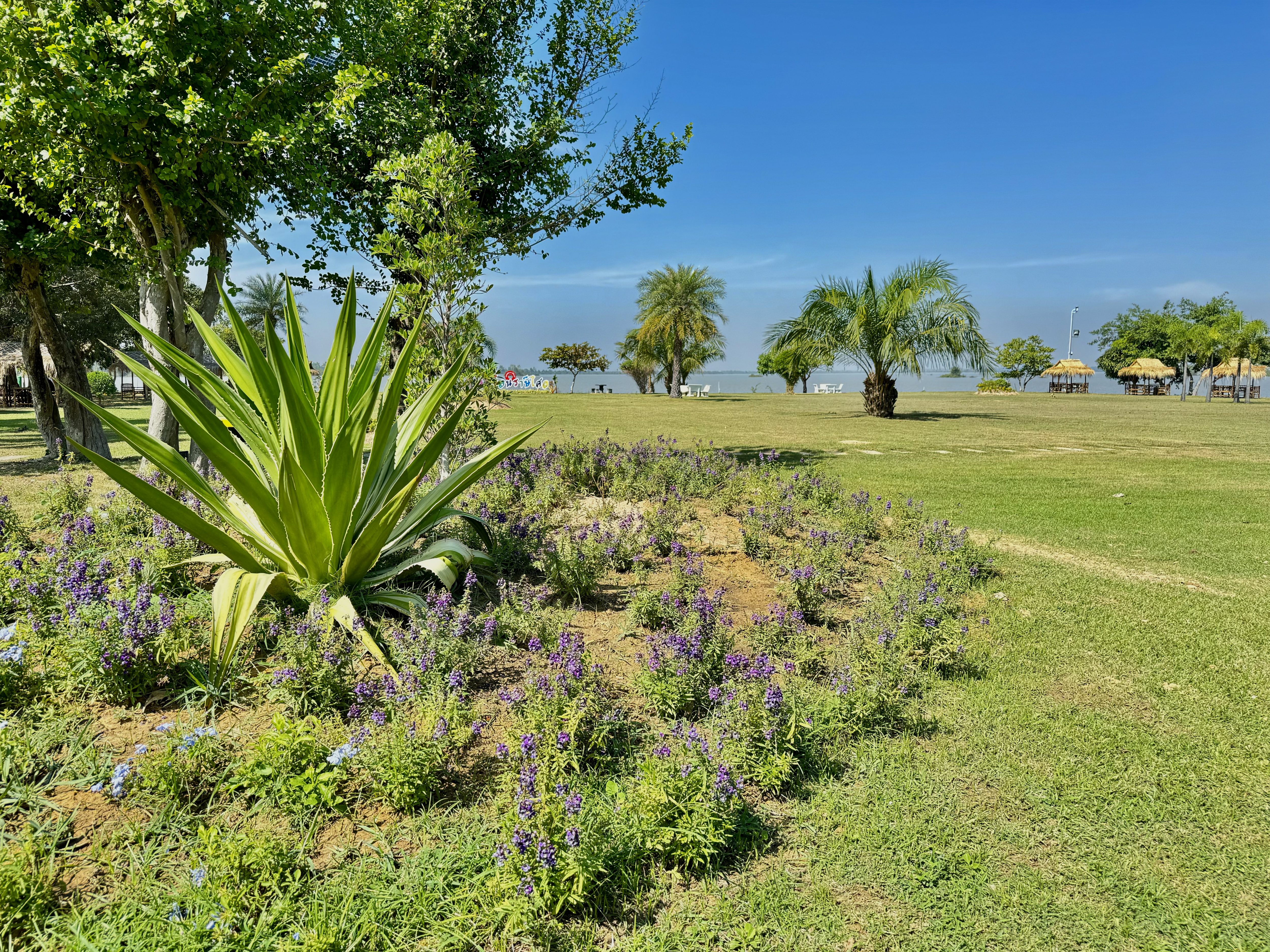
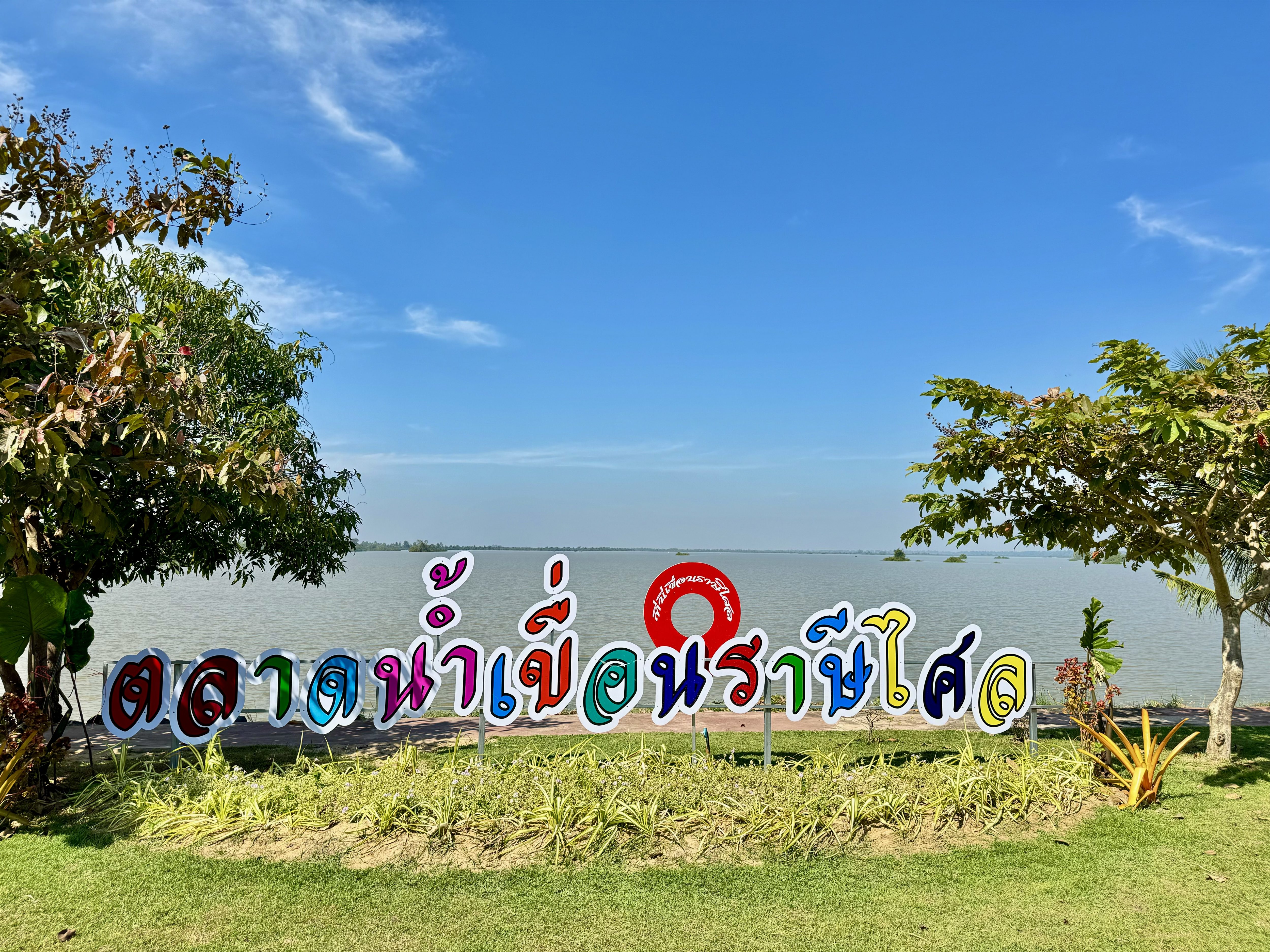

Finally we arrived later than expected at home – it was a great trip over 10 days. Now it’s time to organize some things and work a bit. But not for too long…lol
Find the details of the trip in the Calimoto link.
Ride safe guy’s and enjoy yourself!!!
#dustysocks #fortheride #triumphtiger #triumphtiger1200 #thailand #sisaket #rasisalai


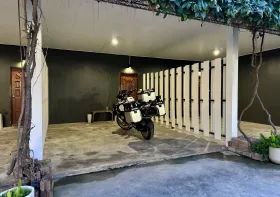
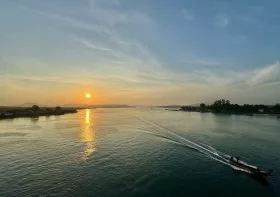
Sangjaa
This trip in general was pretty nice…😍❤️👍🙏
Dusty Socks
Thats why we will go again to Loei